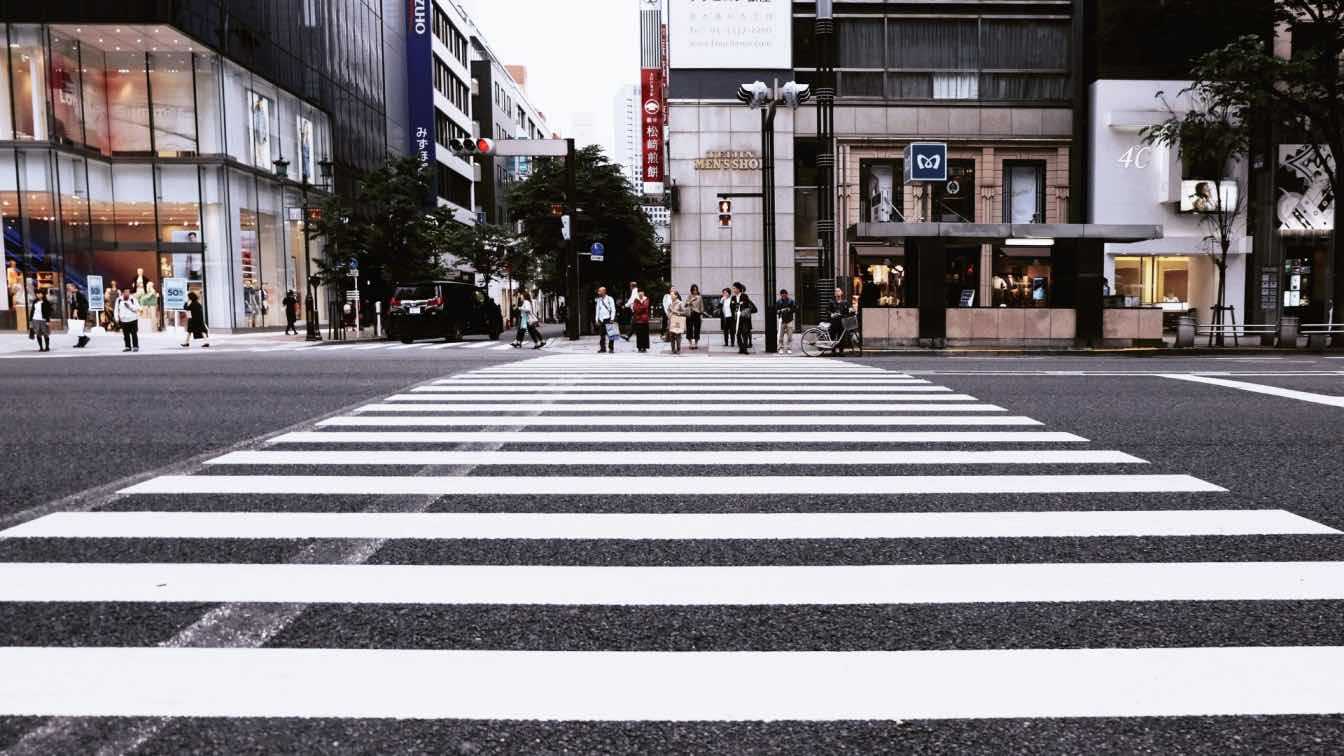This deceptively ordinary yet powerful material is at the center of rapidly changing urban development: asphalt. It has gone beyond a no-frills road surface to the base of innovative changes that mark the metamorphosis in city outlooks.
Along with the greener compositions of the smart technologies themselves in the betterment of road safety, asphalt is game-changing. It leads to sustainable, functional, and aesthetically pleasing surfaces that are sure to serve long.
This blog post outlines how the latest specifics of asphalt innovation go a long way in contributing toward greener, safer, and even more efficient urban settings.
Eco-Friendly Asphalt Materials
Traditional asphalt is produced from non-renewable feedstocks and produces significant greenhouse gas emissions through production. RAP (Recycled Asphalt Materials) and bio-based binders introduce newer, greener avenues. These binders would minimize the carbon footprint of conventional asphalt productive processes and were considered necessary given sustainable urban development.
Utilizing eco-materials is more than about environmental impacts since these new materials can offset the overall cost of city infrastructure. They are long-lasting and need minimum or no maintenance.
An urban planner's incorporation of recycled materials into asphalt makes roads and pathways more robust, creating a clean and robust cityscape.
Porous Asphalt for Better Water Management
Flooding has emerged as one of the significant woes in urban areas, and porous asphalt is one of the best resources. These solutions help water pass through the surface instead of runoff and do not overwhelm the drainage systems. Porous asphalt is used best in parking lots and sidewalks or roadways where water is used to gather most of the time.
Aside from water management, porous asphalt replenishes groundwater. With more urbanization, most of the surfaces get covered with paving, which dramatically reduces the natural absorption of water. Porous asphalt helps temper such instances by allowing the water to seep back into the ground, augmenting the local water table and reducing the risk of floods in heavy rains.
Sustainable Asphalt Paving in Action
The bottom line is that with increasing climate change issues, asphalt is becoming a go-to option for those projects that lean toward sustainability. Innovations in states like New Jersey have embraced asphalt for safer, smoother, and more durable pavements.
Companies like those involved with asphalt paving in New Jersey are leading this charge by adopting innovation in their daily operations. Whether it's asphalt overlays, resurfacing, or patch repairs, asphalt allows efficient operations in dealing with surface flaws.
Asphalt milling is also contributing to pavement projects. It is a way of taking off the top layer of old asphalt from the roadway, parking lot, or other paved surfaces. This is how one feather out the damaged spots to build a level base in preparation for new asphalt. Removing material becomes known as "millings," which can also be recycled and assist again in producing new asphalt.
Cool Asphalt for Temperature Control
With the increased concern about urban heat islands in major global cities, traditional asphalt absorbs and retains heat, adding to higher temperatures than ordinary in urban areas. Cool asphalt reflects sunlight without retaining that sun's rays and is another innovation. This helps to lower a city's overall temperatures.
Reflecting sunlight also prevents the degradation of the asphalt surface due to excessive heat. Also, cool pavement contributes to strategic measures in cities against climate change by improving energy efficiency.
Self-Healing Asphalt for Longevity
Maintenance and repair of the roads are a high burden for an urban planner. Self-healing asphalt is one of those novelties that tackle this challenge. Special polymers added into this asphalt mixture can allow this asphalt to repair itself in case of cracks or damage.
This asphalt can close small cracks through a chemical reaction from sunlight or heat. It increases the life of the pavement. Self-healing asphalt reduces frequent repairs, saving municipalities money and time. It saves not only the lifetime of the road but also minimizes traffic and business disruptions; it is ideal for cities.
Aesthetic Asphalt for Design-Forward Spaces
Asphalt innovations are functional and help add aesthetic value to urban spaces. For example, colored asphalt has turned out to be a modern signature in the development of cityscapes. This technology enables urban designers to offer varied colors to the pavement, adding more attractiveness to public spaces, bike lanes, and walkways.
Design-forward asphalt solutions can bring visually distinctive areas to life, with an immense improvement in the overall experience that residents and visitors have.
From public parks serving as green oases amidst busy downtown areas, aesthetic asphalt could be one element in the defining identity of a city while maintaining the strength and functionality of traditional asphalt.
Endnote
Asphalt solutions are the future of urban developments regarding aesthetics, functionality, and sustainability. When executed correctly, it results in more resilience and adaptable infrastructures. The work needs to be done by experts for the results to be excellent, whether they are resurfacing or overlays.





